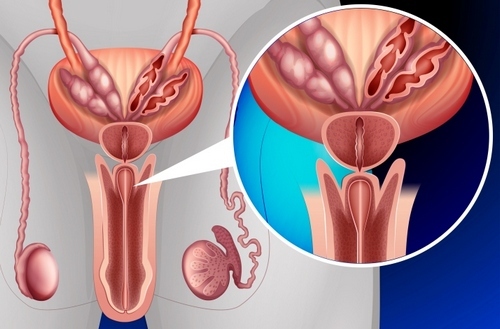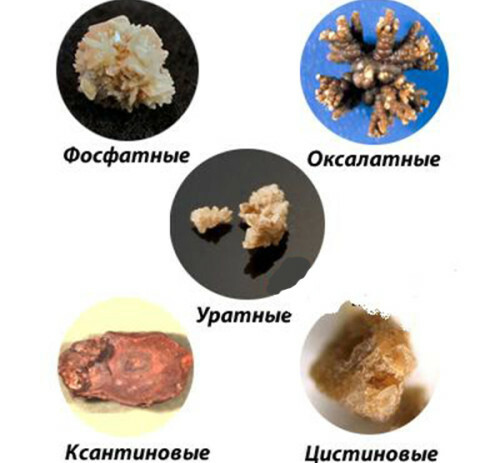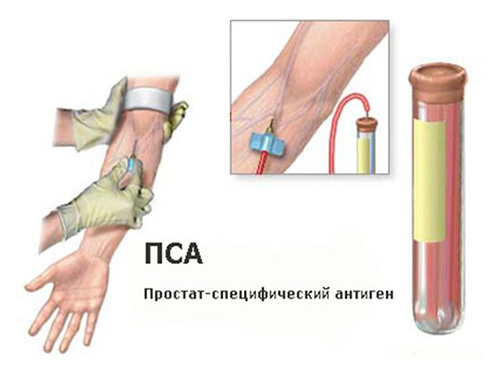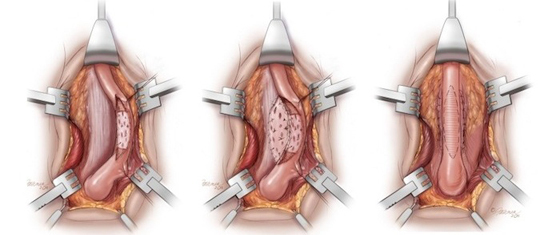What are the normal sizes of the prostate?
Dimensions of the prostate , like any organ, normally correspond to a certain range of parameters. Indicators can vary depending on constitution and age. Both increase and decrease in size can speak of pathology.

Prostate or prostatic gland is an unpaired organ of the genitourinary system, the "second heart" of a male
Parameters of the
norm In children, the prostate is not large. Sharp growth begins in adolescence, when the number of male sex hormones in the body increases. The optimal value of the size of the prostate gland is attained by 23 years. The second stage of growth begins after 40-45 years, and is accelerated in the period of andropause. If there is a slight increase, then nothing is wrong, it is also considered the norm. If there is an intensive growth of the organ, then this indicates a pathology.
For an adult male under 50 years old the normal prostate size is :
- thickness from 15 to 23 mm;
- width from 22 to 40 mm;
- length from 25 to 45 mm.
Normally, the weight of the prostate weighs approximately 18 grams, the volume should be between 20 and 30 ml.
At an older age, prostate volume is calculated using special age-specific factors.
Methods for determining the size of the prostate
Most of the techniques are non-invasive - that is, they are performed with minimal interference with the body.
- Palpation of ( see rectal examination of the prostate).This organ is perfectly probed through the front wall of the rectum. Palpation is used as a method of primary research. With this method, you can learn the most important characteristics of the prostate: elasticity, tenderness, consistency, structure. Data in this case is still not accurate. Therefore, it is necessary to appoint an additional examination.
- TRUSI ( see transrectal ultrasound of the prostate).This method is more common and helps up to a millimeter to know the size of the prostate. It is carried out with the help of a special sensor, which is introduced into the rectum and delivers ultrasonic waves. This way you can find out not only the exact size, but also the presence of changes in the structure of the organ.
- Tomography .This is the most high-tech and accurate way of research. With the help of tomography, it is possible to establish the width, length, volume and thickness of the prostate gland. In addition to the main indicators, it is possible to assess the structure of the tissue and to identify pathologies such as a cyst, calcification or tumor. With this examination, the patient does not feel any discomfort, which can not be said about TRUS.
- Prostagiography of .Very rarely, a radiographic method with contrast is used to determine linear dimensions. In this case, the patient is administered a special solution that promotes the coloring of the prostate and nearby organs. As a result of manipulation, soft tissues become visible on the radiograph. Research in this way requires preliminary preparation.
Prostate enlargement
Possible causes of increased prostate volume:
- chronic prostatitis: inflammation causes swelling and, as a consequence, an increase in the size of the body;
- cysts: neoplasm caused by occlusion of small ducts of the organ;
- adenoma: benign neoplasm, which is common in men of age;
- prostate cancer.
Contrary to popular belief, benign prostatic hyperplasia never goes into cancer. However, in the initial stages, until the changes are limited to an increase in the size of the prostate, they can "look" similar. Therefore, in detecting changes in the size of the prostate, a prostate-specific antigen must be examined.
Recommended for viewing:



